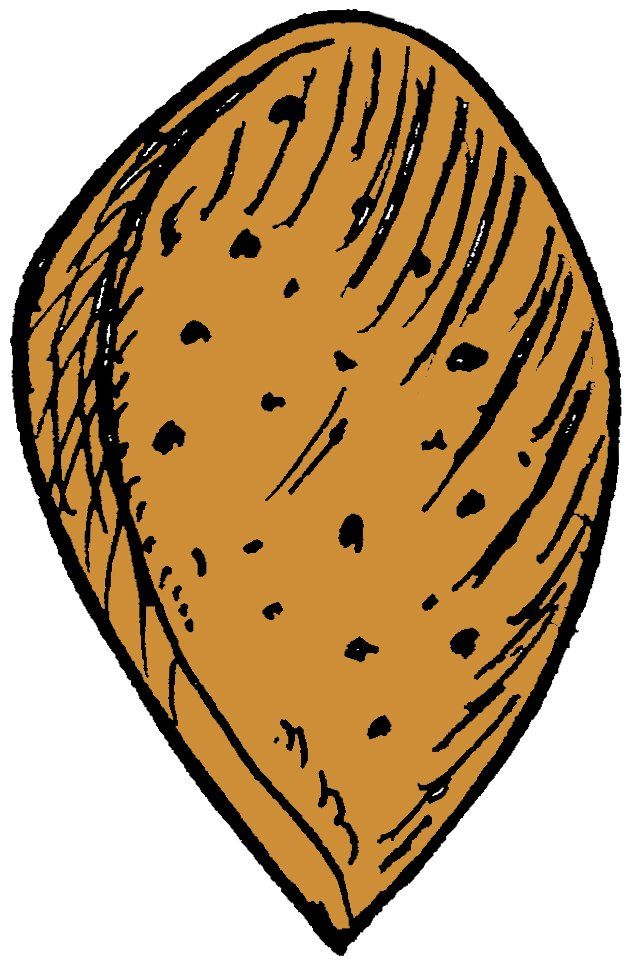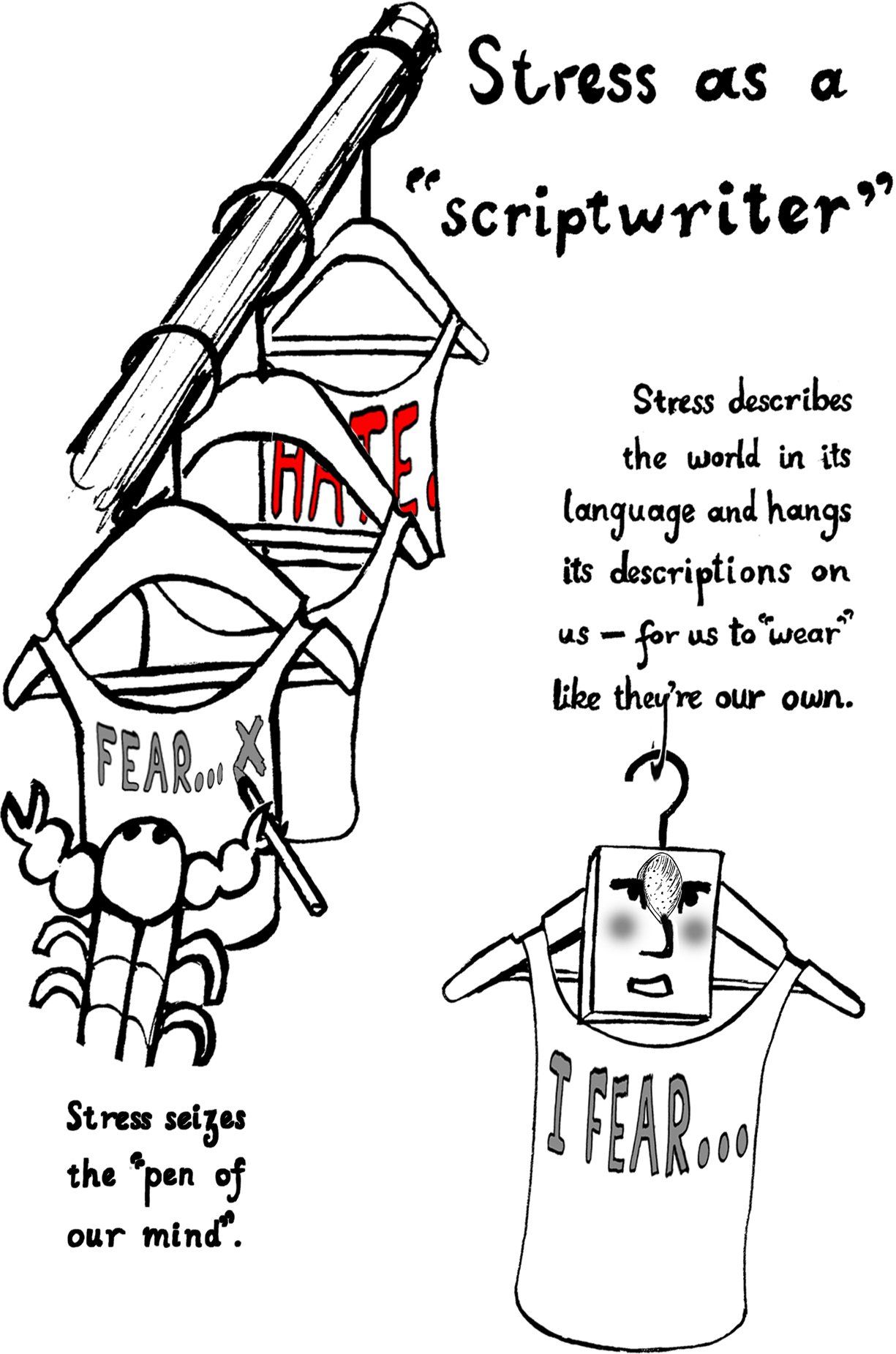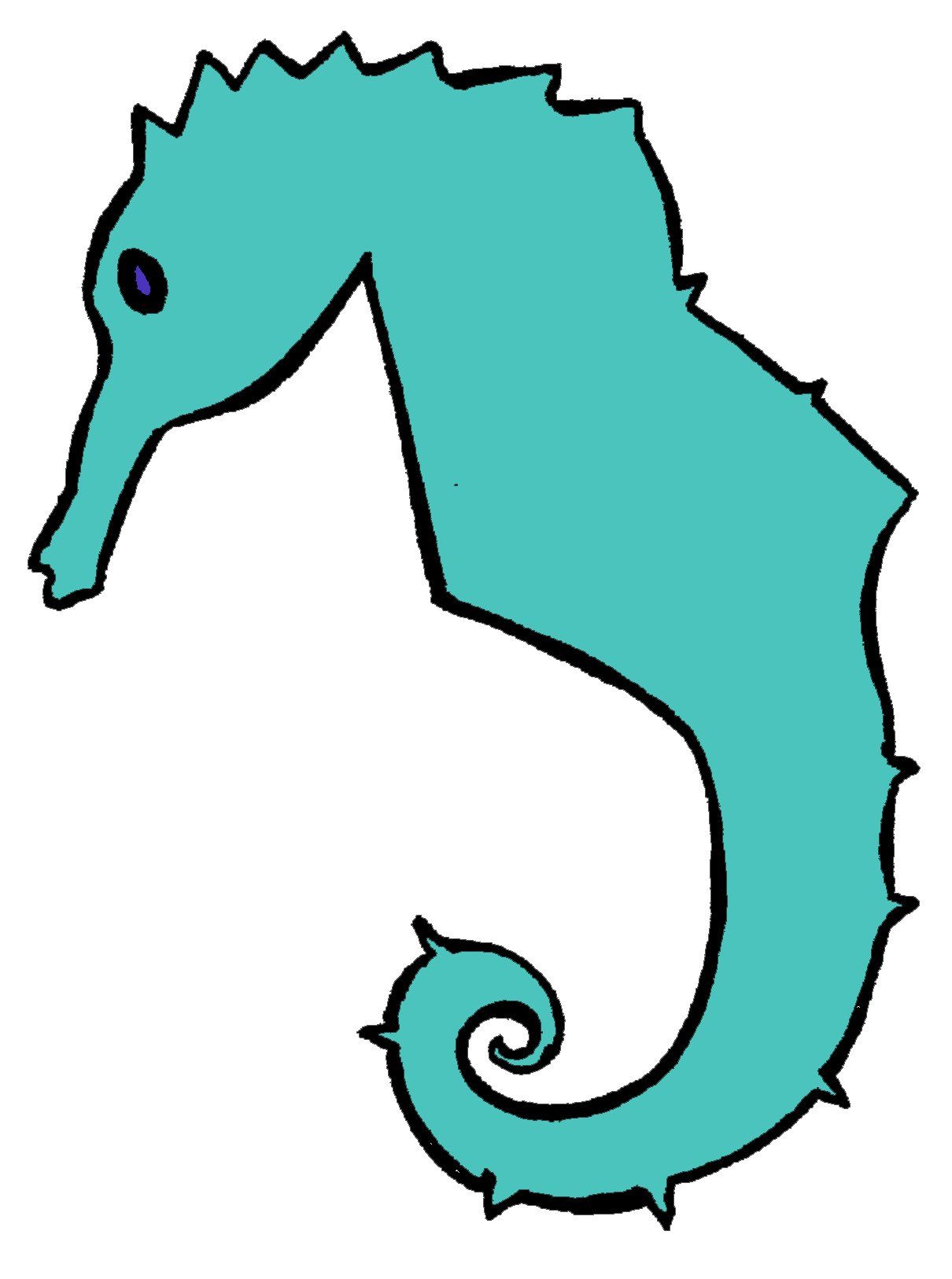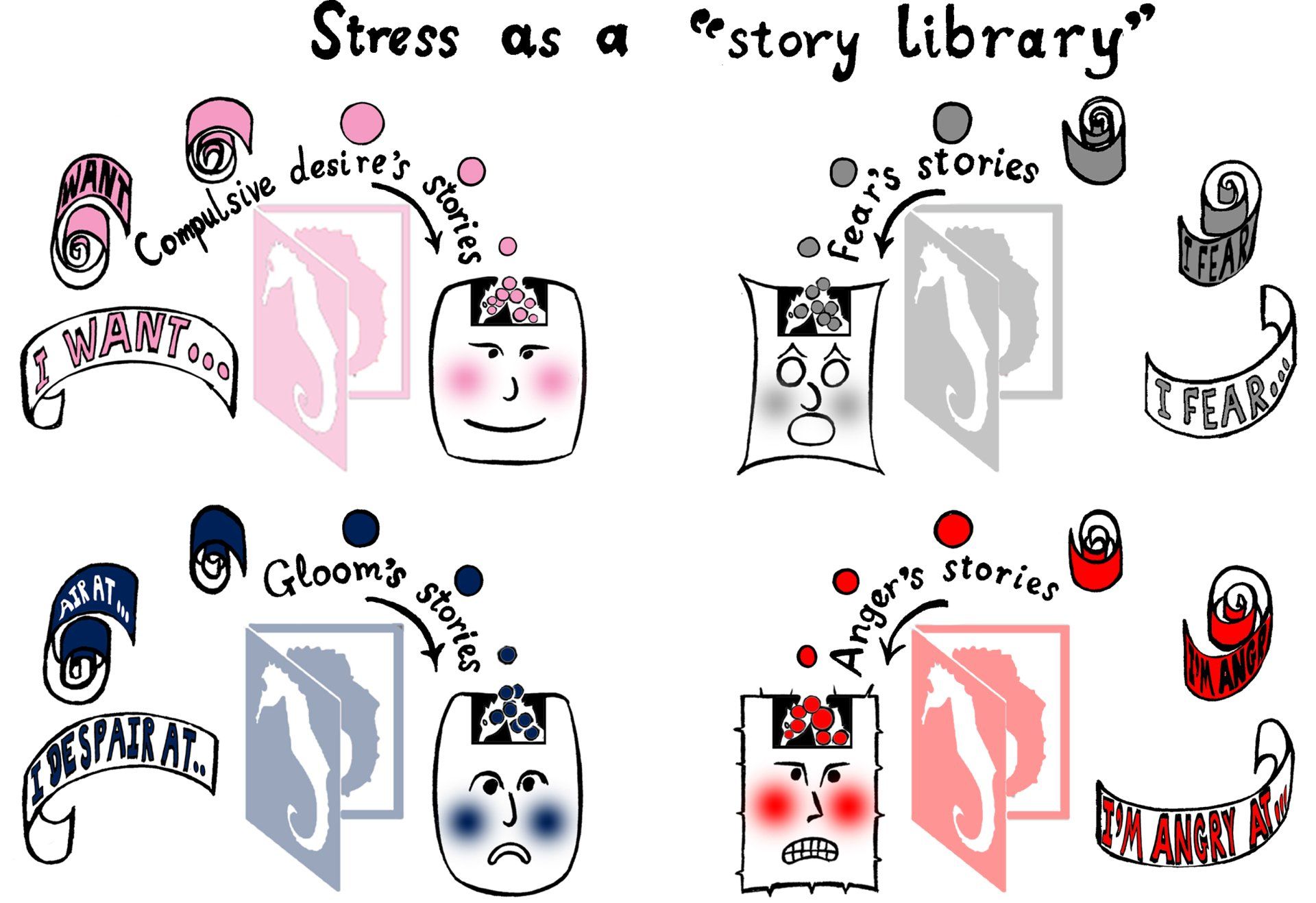Stress and Illness
|
Creativity and Health
Stress as "Scriptwriter" and "Story Library"
When it comes to leaving a lasting impression, fear
and anger
, like other “stress forces”
, are expert.
With their privileged access to structures in the brain where our memories and beliefs take shape, “stress forces”
can leave us permanently fooled by their take on reality.
With the fear of flying, for example, the “stress force”
of fear
highlights whatever news stories or disaster movies will put us off ever going near an aeroplane.
Exactly like its sister “stress forces”
, fear
can gain undue influence through feeding our unconscious with spellbinding, high-impact “versions” of reality, as through accounts or memories of terrifying flight experiences.
This is not to say that every aspect of stress works at the level of our unconscious. Therefore, we can, of course, be aware of bodily effects of fear like palpitations and “butterflies in the stomach”. Nonetheless, upstream, stress’s “pulling our strings” happens outside of our conscious awareness.
Precisely because they operate through our unconscious, “stress forces” like fear
have no need to persuade us through reason or evidence. Indeed, they can make us immune to the truth (in our example, the relative safety of flying, for instance).
*
Enabling our “hypnosis” by stress is a whole apparatus of brain areas. Key among these is the amygdala, named after the Ancient Greek for almond, whose shape it resembles.

The amygdala is a structure through which fear etc.
can seize “the pen of the mind”, and write in their interpretations of reality. By this means, stress can come to shape our whole sense of the world.
This “scriptwriter” function of stress biology is depicted below. By this means, “stress forces”
can program our ideas about “objects” that they’d have us idealise and pursue (in the case of compulsive desire
), angrily disapprove of ( anger
), or feel worried, or miserable, about ( fear
, and gloom
, respectively).
For the sake of simplicity, the illustration focuses just on fear
, and shows this “stress force”
as a “scriptwriter” that identifies some “fear object” for us to stay well clear of... which might be flying, or perhaps performing in public. Or spiders.

While the amygdala plays a part in “writing” stress’s stories, the nearby hippocampus...

...named after its likeness to a seahorse, commits these stories to memory, and deposits them into a “story library”, from where they’re always on hand for retrieving and looping into our mind....

These “scriptwriting” and “story library” brain parts help stress lay siege to our sense of reality, as happens unconsciously. This can leave us deprived of our own true senses - just as when we’re left “beside ourselves” with anger
, scared “out of our skin” by fear
, or driven “out of our mind” by compulsive desire. Over time, this process can literally unseat us from our own, true self.
The stress-reinforcement role of the amygdala and hippocampus is seen in many illnesses. Phobia
, for example, has been linked with heightened amygdala activation. In saying that, when our stress is kept in check (with the help of the prefrontal cortex
, a region of the brain connected to the heart), the amygdala and hippocampus play an essential part in allowing us to learn about, and form an unbiased sense of, actual
reality - as is only empowering to our creative faculties and health.
